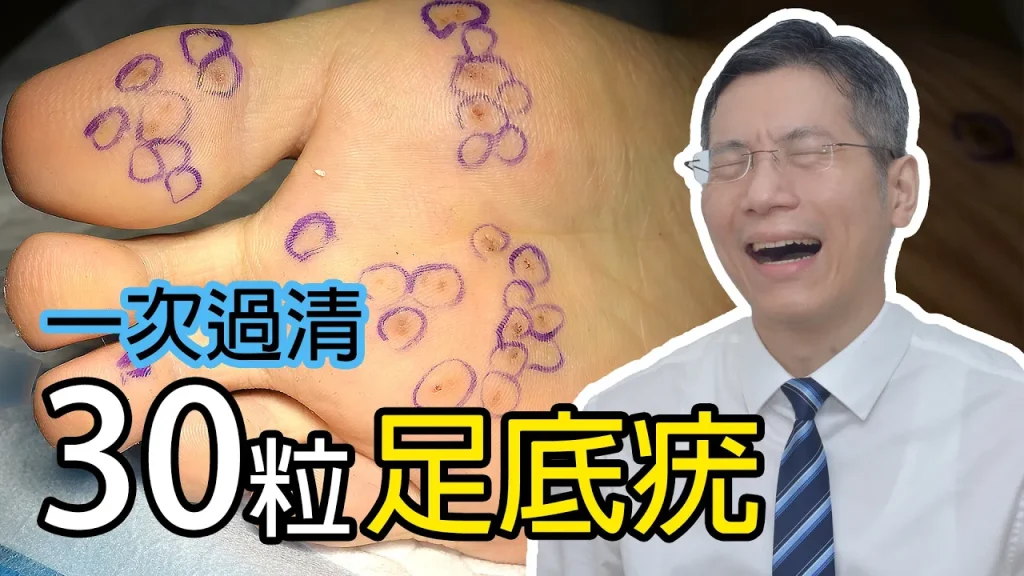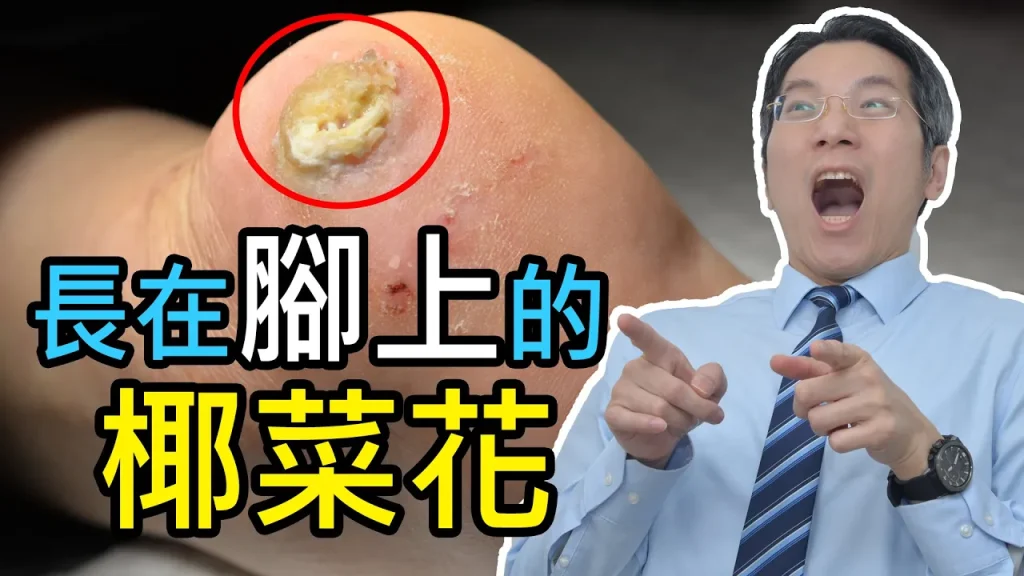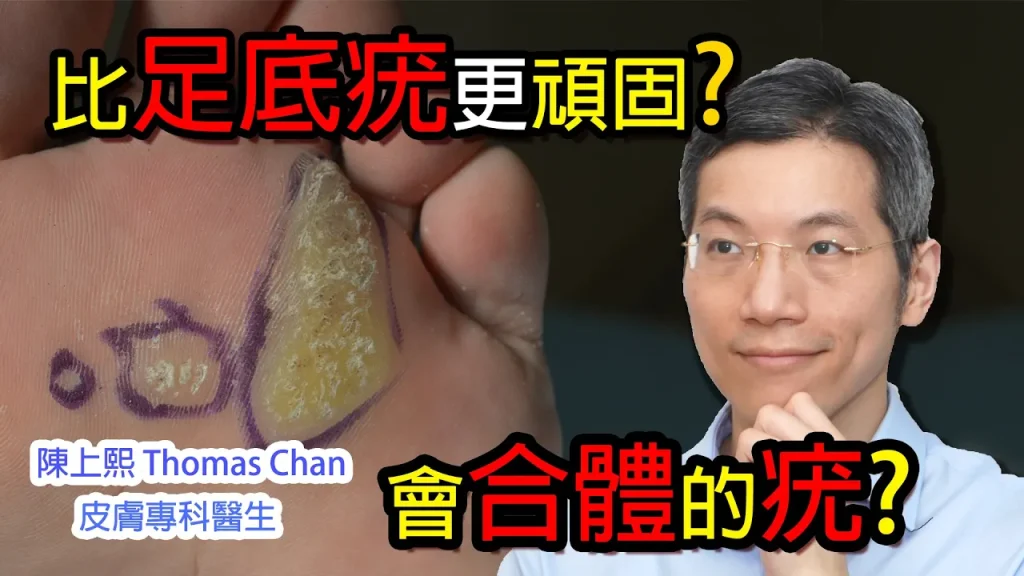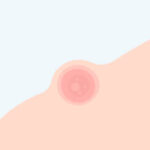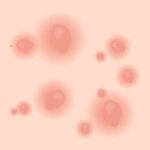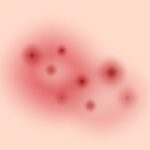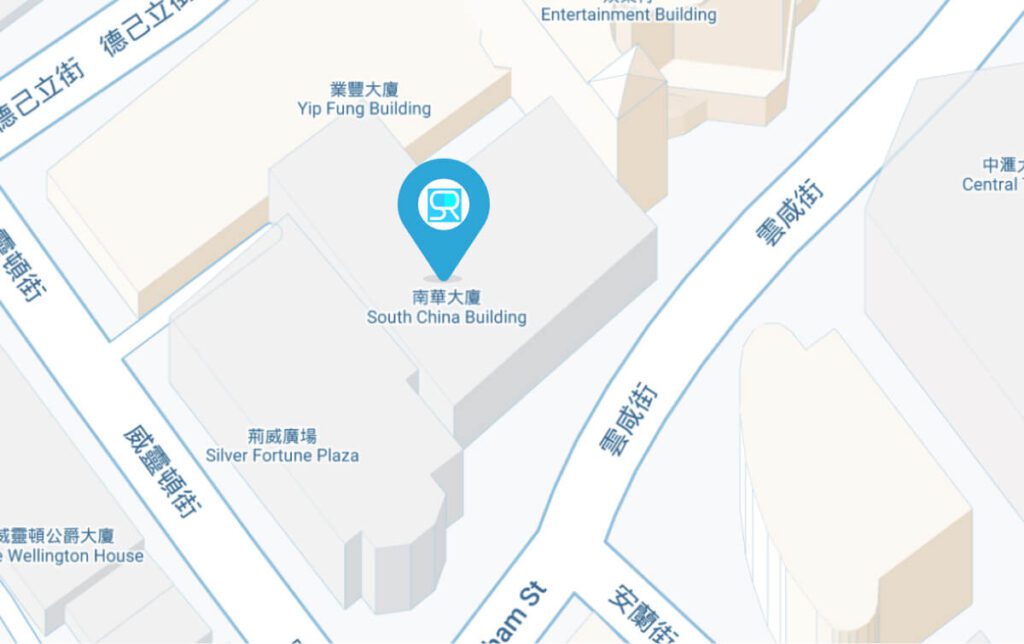SKIN PROBLEMS/
Wart
Understanding Warts: Types Of Warts, Causes, Treatment Methods and Prevention
Human papillomavirus, commonly known as HPV, leads to the formation of warts. As a group of more than 100 related viruses, each with its unique number, HPV infects the skin and mucous membranes. Warts are non-cancerous growths that can appear anywhere on the body, most commonly on the hands, feet, and genitals.
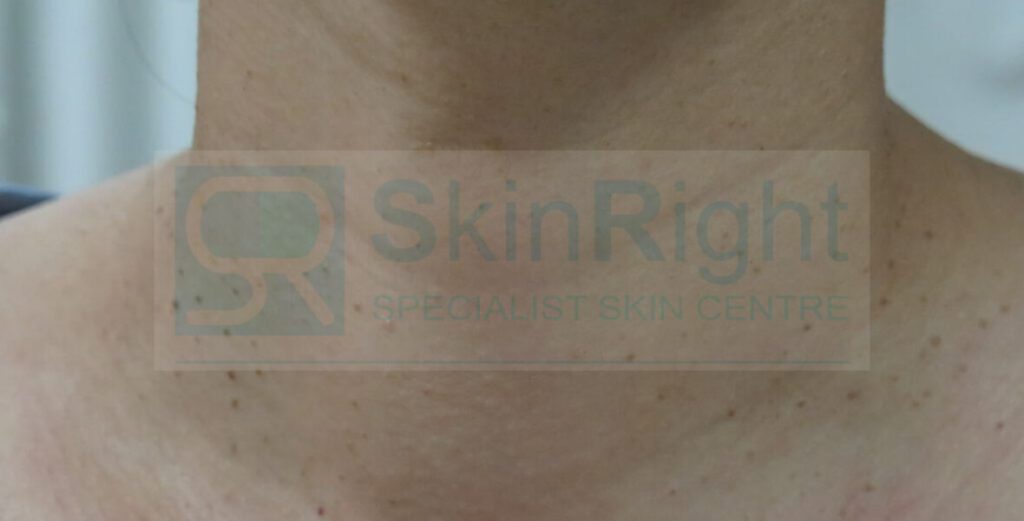
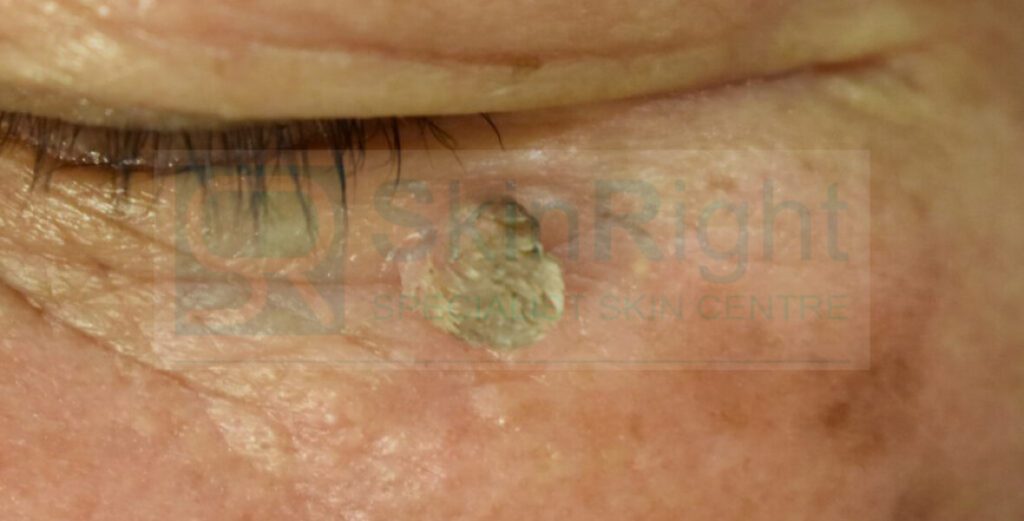
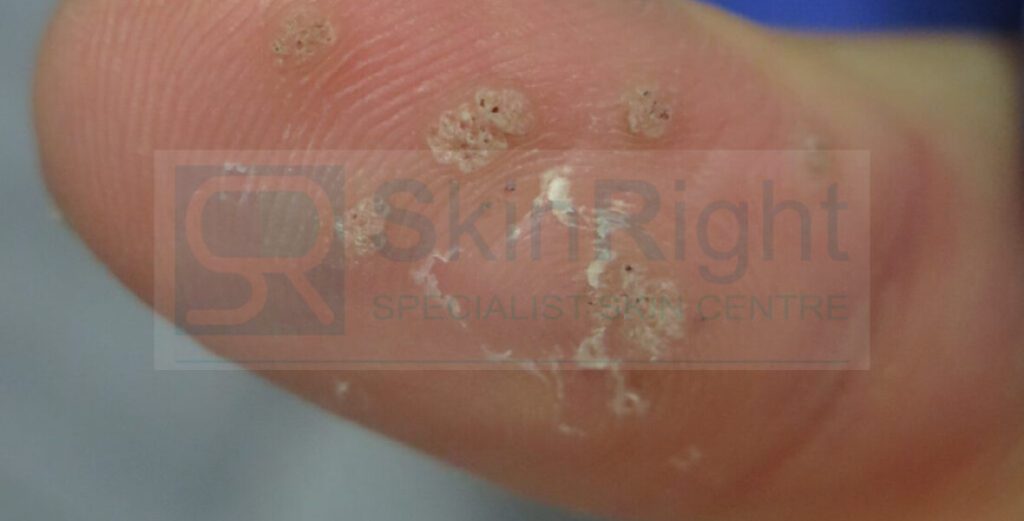
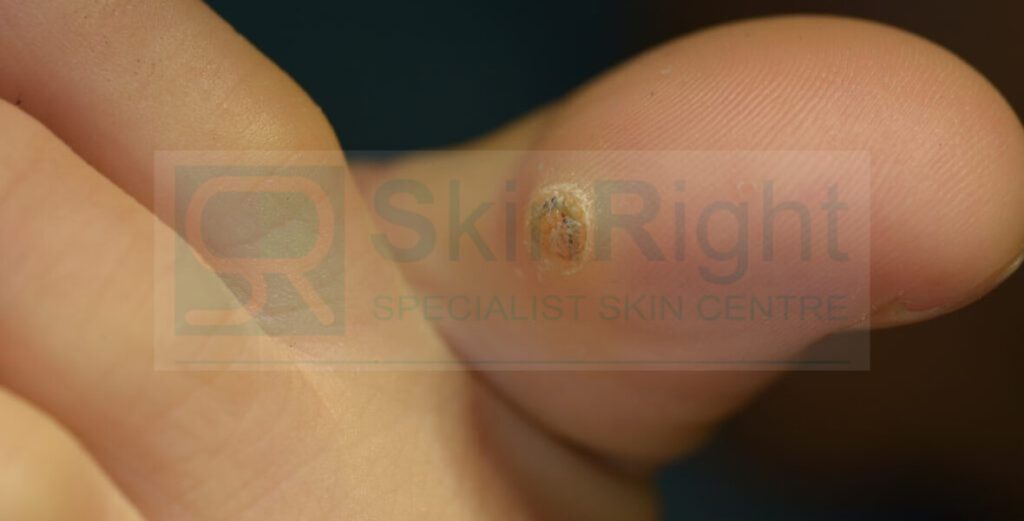
How Warts Are Formed?
The virus is typically transmitted through direct contact with an infected person or a surface that harbors the virus. Once the virus enters the skin, it stimulates rapid cell growth, leading to the formation of warts. Although many HPV strains exist, only a few are responsible for wart formation, specifically strains that result in common, plantar, and flat warts.
Identifying Different Types Of Warts: Common And Plantar Warts
Warts are benign skin growths caused by the human papillomavirus (HPV), and they can appear in various forms. Among the most prevalent types are common warts and plantar warts, each with distinct characteristics.
Common warts
Typically manifest on fingers, hands, knees, or elbows. They are small, grainy, and have a rough, cauliflower-like texture. Their color may vary from flesh-toned to gray-brown.
These warts are caused by HPV strains that gain access through breaks in the skin, often spreading through direct contact or shared surfaces.
Plantar warts
On the other hand, plantar warts occur on the soles of the feet. They can appear flat due to the pressure from walking and are frequently surrounded by a hardened callus. They might cause discomfort or pain when walking, resembling small, rough patches with a dot or blackened center. The distinguishing feature of plantar warts is their tendency to grow inward, unlike common warts.
Related videos
Non-Surgical Treatment Options For Warts: The Use Of Liquid Nitrogen
Cryotherapy, utilizing liquid nitrogen, is a prevalent non-surgical treatment option for warts. This method involves the application of liquid nitrogen directly to the wart, causing the abnormal skin cells to freeze and subsequently die. When the tissue is frozen, intracellular ice crystals form, disrupting cell membranes and leading to cell destruction. This process may also stimulate an immune response, encouraging the body to attack the virus responsible for the wart.
Cryotherapy is generally administered in a clinical setting by a healthcare professional who carefully applies the liquid nitrogen using a cotton swab or spray device. Although this treatment can be uncomfortable, producing a stinging or burning sensation, it is relatively quick, usually completed within a few minutes. After treatment, a blister may form, followed by the shedding of the wart tissue over several weeks.
Multiple sessions are often necessary, especially for larger or stubborn warts. Overall, cryotherapy is a widely-used, effective option .
Related videos
Exploring Surgical Removal Of Warts With Co2 Laser Technology
CO2 laser technology has emerged as a compelling option for the surgical removal of warts, offering precision and efficiency in treatment. Leveraging the power of focused light energy, CO2 lasers effectively ablate wart tissue by generating high heat that vaporizes the target area. This technology is particularly advantageous for its ability to minimize damage to the surrounding healthy skin, thereby reducing potential scarring and promoting faster healing.
One of the key benefits of using CO2 lasers in wart removal is their capacity to reach deeper layers of skin, which can be crucial for stubborn or recurrent warts that have not responded to other treatments. Additionally, the procedure is relatively swift and can often be completed within a single session, offering convenience for patients. While some discomfort or mild pain might be experienced during the process, local anesthesia is typically administered to ensure patient comfort.
Exploring Surgical Removal Of Warts With Curettage And Cautery
Surgical removal is considered for warts that are persistent, painful, or aesthetically bothersome.
Curettage involves the surgical scraping or scooping away of wart tissue using a small, sharp instrument known as a curette. During the procedure, the dermatologist carefully removes the bulk of the wart, reaching down to its base. Curettage is particularly effective for warts that have a well-defined border and are raised above the skin surface, allowing the clinician to effectively separate the wart from the healthy surrounding skin. The procedure is performed under local anesthesia to minimize discomfort.
Once the wart tissue has been excised through curettage, cautery is the subsequent step to address the remaining wart structure and potential viral remnants. Cautery involves the application of heat via an electric current, a process known as electrocautery. The heat serves to cauterize the tissue, which not only helps stop any bleeding but also destroys viral cells that might remain after curettage.This dual-action process is beneficial in reducing the risk of recurrence.
One of the advantages of curettage and cautery is the immediate visible removal of the wart, which can be particularly satisfying for patients.
Related videos
Comparing Efficacy:
Liquid Nitrogen Vs Curettage And Cautery Vs Co2 Laser In Wart Treatment
Liquid nitrogen cryotherapy
Liquid nitrogen cryotherapy often requires multiple sessions spaced over weeks to months. Its efficacy can vary depending on wart type and location, generally showing success rates of 50-70% after several treatments. Cryotherapy can cause pain and blistering, and some studies note higher recurrence rates than other methods.
Curettage and cautery
Curettage and cautery boasts efficacy rates of around 65-85%. It provides immediate removal of warts, offering the advantage of fast results in a single session. It often requiring local anesthesia. There is also a risk of scarring, though this is typically minimal if the procedure is conducted carefully.
CO2 laser therapy
CO2 laser therapy is effective for recalcitrant or deeper warts that have not responded to other treatments, with efficacy rates reaching up to 70-90%. The precision of the laser allows for effective targeting of wart tissue with minimal damage to surrounding skin, which can limit scarring. Additionally, the heat generated by the laser helps to destroy viral particles, potentially reducing recurrence rates.
In conclusion, the best treatment option depends on the individual patient’s needs, wart type, location and pain tolerance.
Related videos
Why Do Viral Warts Often Come Back? Exploring The Necessity Of Repeated Treatments
Understanding Wart Recurrence: The Role Of Genetic Susceptibility And Immune Response
Viral warts often recur due to genetic susceptibility and individual immune responses. Some people have a genetic predisposition that makes them more vulnerable to the human papillomavirus (HPV). This genetic factor can affect how the body recognizes and fights off the virus. Additionally, the immune response plays a critical role; a weakened or overly tolerant immune system may struggle to effectively eliminate HPV, leading to recurrence.
Identifying Key Risk Factors For The Return Of Viral Warts
Skin trauma, such as cuts or abrasions, can also facilitate the reappearance of warts by providing entry points for the virus. Additionally, factors such as humidity and sweating create an environment that supports viral growth and persistence. Close contact with contaminated surfaces or infected individuals further increases the likelihood of recurring warts.
Side Effects Of Wart Removal Procedures: What To Expect
When undergoing wart removal procedures, understanding the potential side effects is essential. Although most methods are relatively safe, patients may experience varying degrees of discomfort and healing challenges.
Common Side Effects:
- Redness at the treatment site
- Swelling
- Tenderness
These effects typically subside within a few days.
Pigmentatin Changes: Methods like cryotherapy or laser removal can temporarily darken or lighten the skin. Changes in pigmentation are especially common in darker skin types.
Blistering and Scabbing: May occur following treatments involving freezing or burning.
Infection Risk: Infections can develop if the treated area is exposed to unsanitary conditions. Highlights the importance of proper post-procedural care.
Scarring Potential: Scarring may occur, particularly if the wart is large or the removal technique is aggressive.
Nerve damage: Rarely occur, leading to numbness or tingling in the treated area.
Patients should consult with their healthcare provider about any concerns and ensure that they follow recommended aftercare practices to promote healing and minimize risks.
Prevention Strategies: Reducing The Risk Of Hpv Transmission
Prevention of warts primarily revolves around minimizing the transmission of human papillomavirus (HPV). A key strategy in reducing the risk of HPV transmission involves practicing good personal hygiene. This includes regularly washing hands, particularly after direct contact with warts or communal surfaces, and keeping skin clean and dry to create an environment less favorable for viral persistence.
Avoiding direct contact with warts on other people or on oneself can also significantly reduce the risk of spread. In communal settings such as gyms or public showers, wearing flip-flops or sandals can protect feet from plantar warts. Additionally, sharing personal items like towels, razors, or socks should be avoided to prevent cross-contamination.
Strengthening the immune system through a healthy lifestyle, including a balanced diet and regular exercise, can also play a role in reducing the risk of HPV infections and wart formation.


